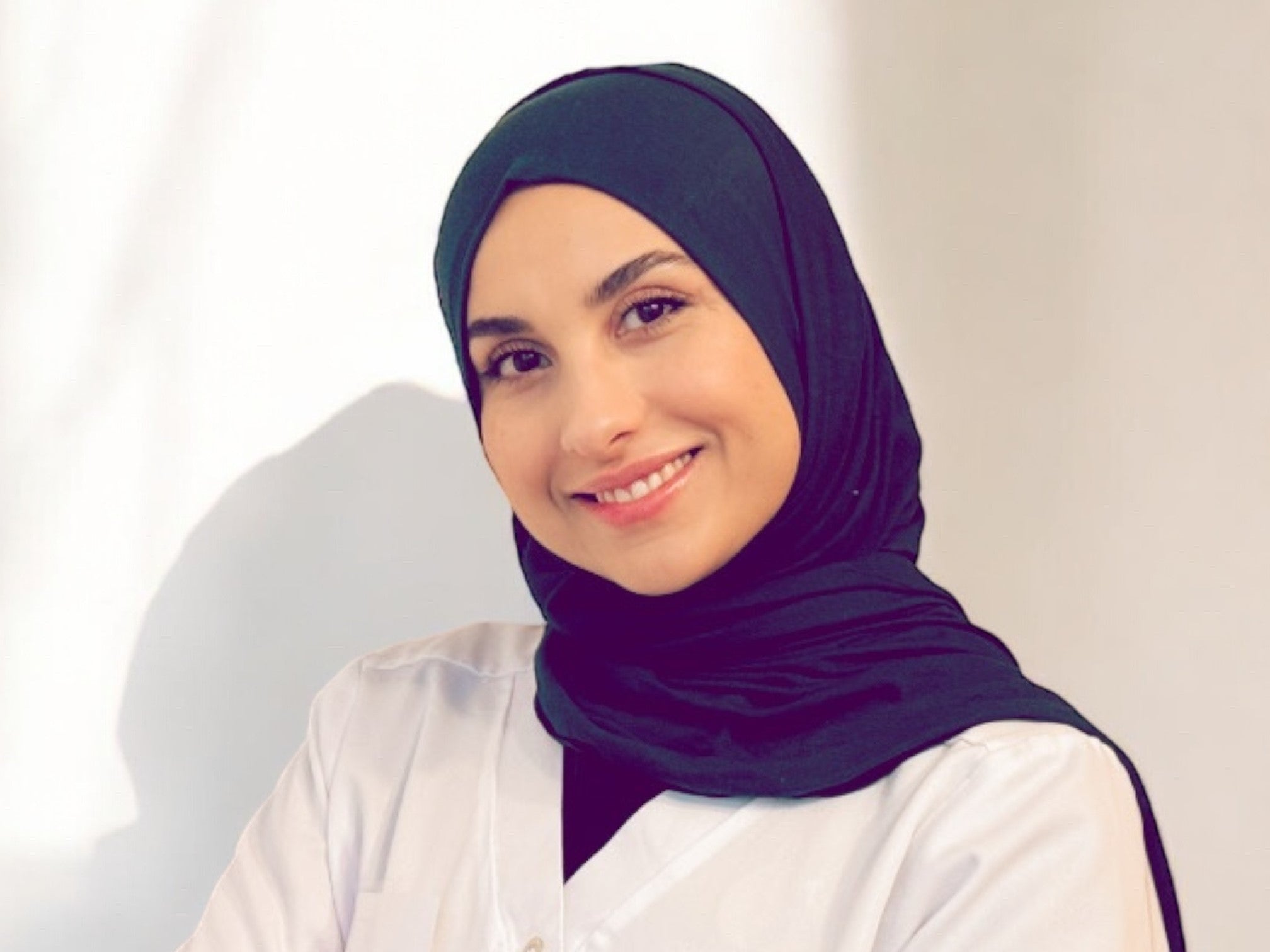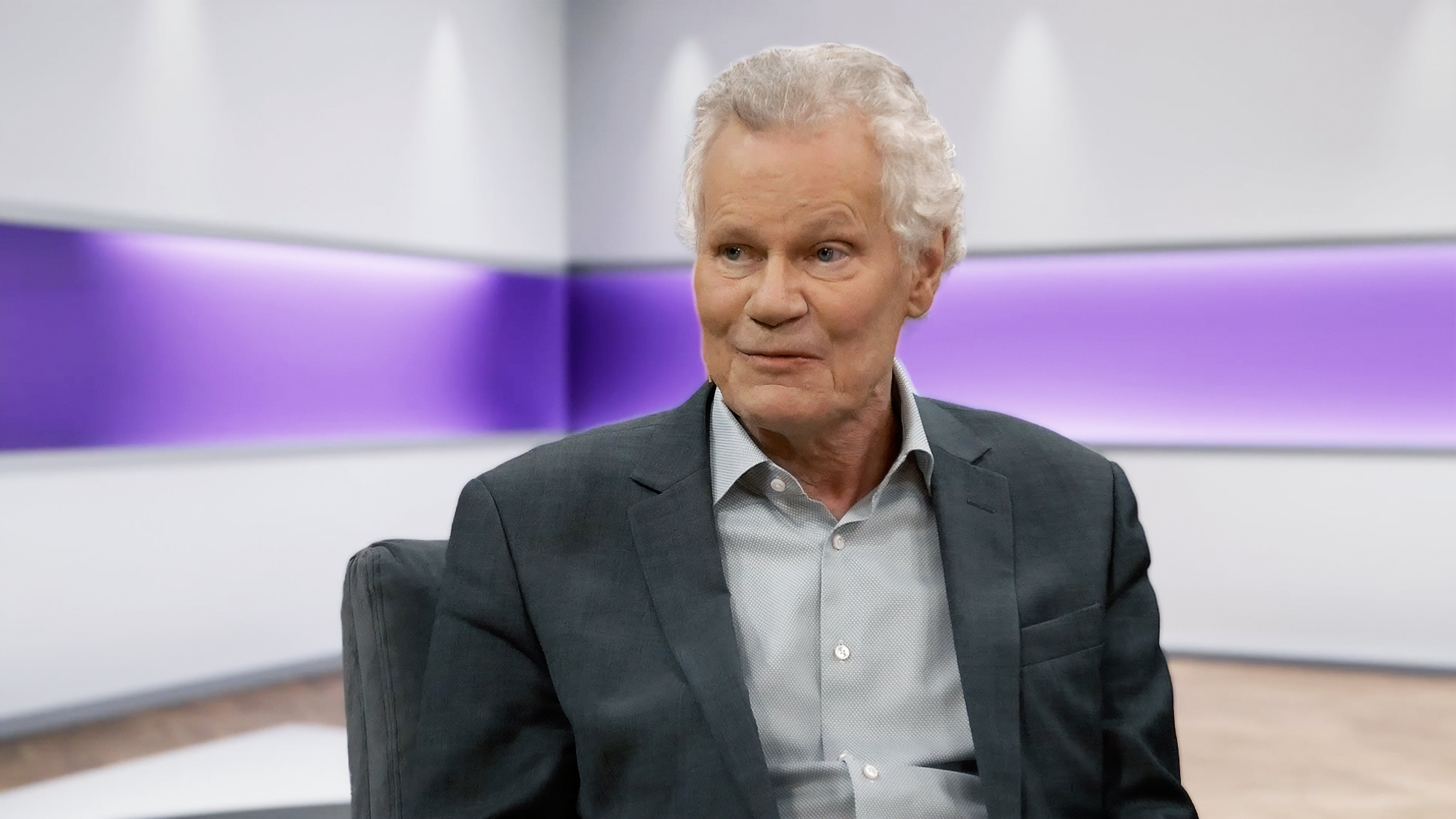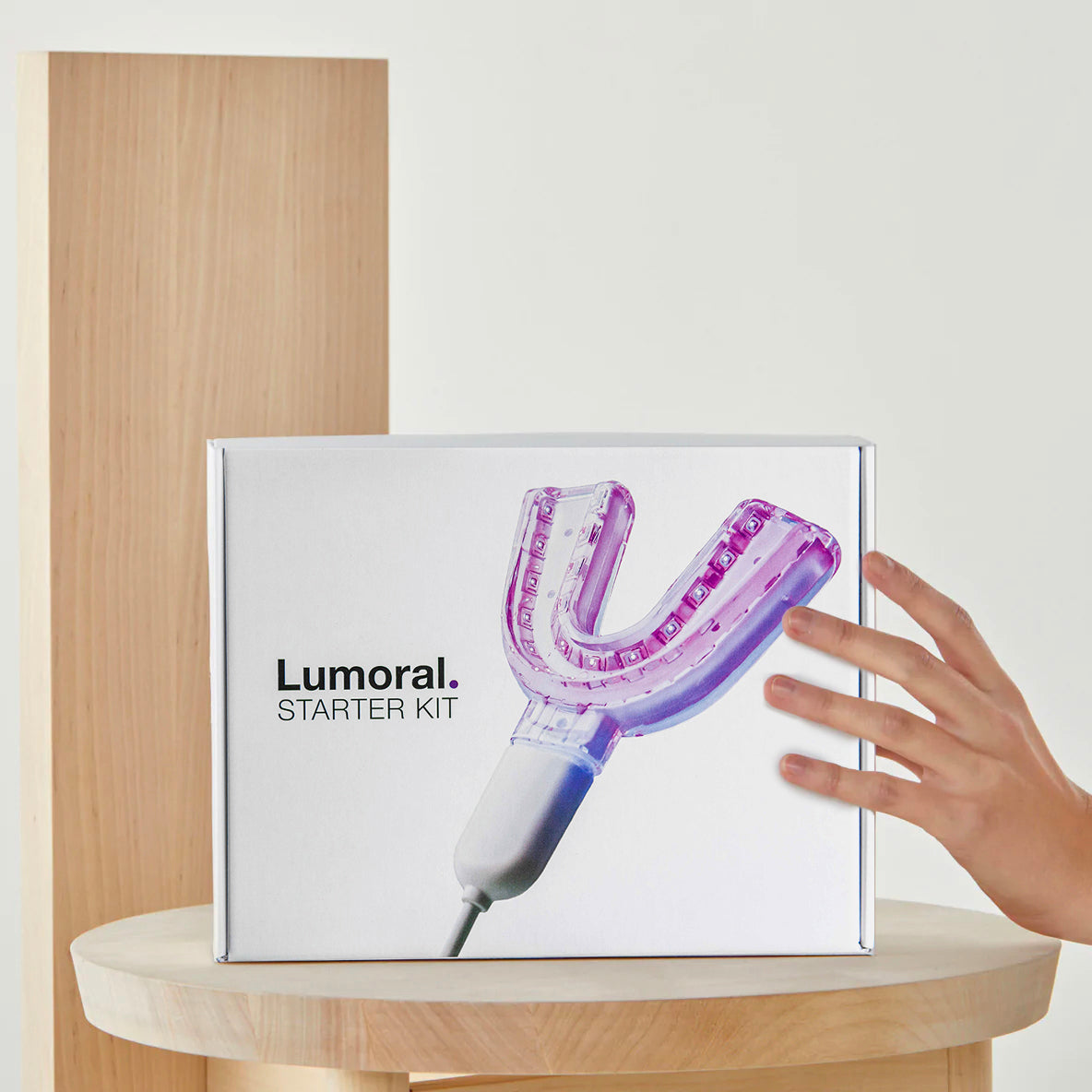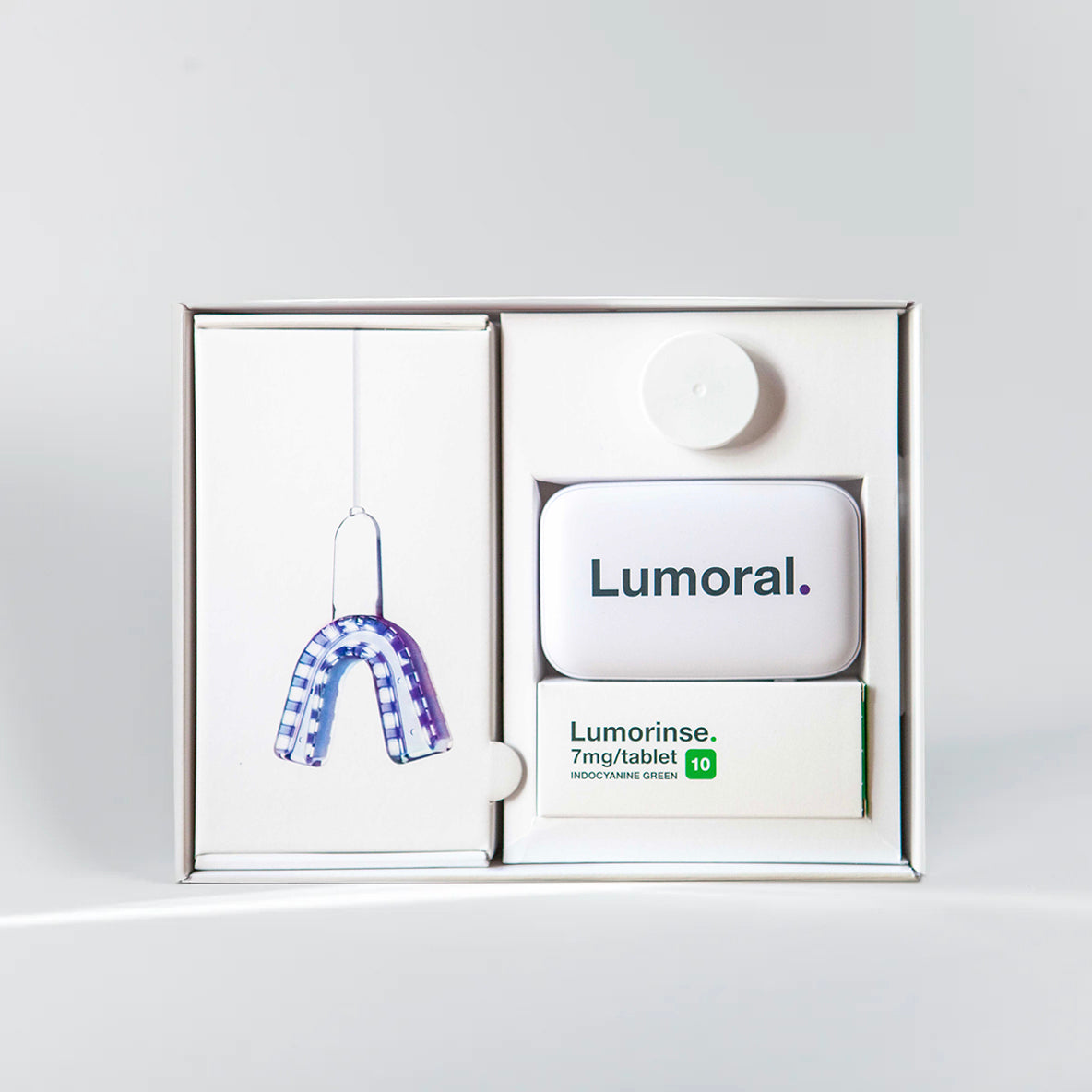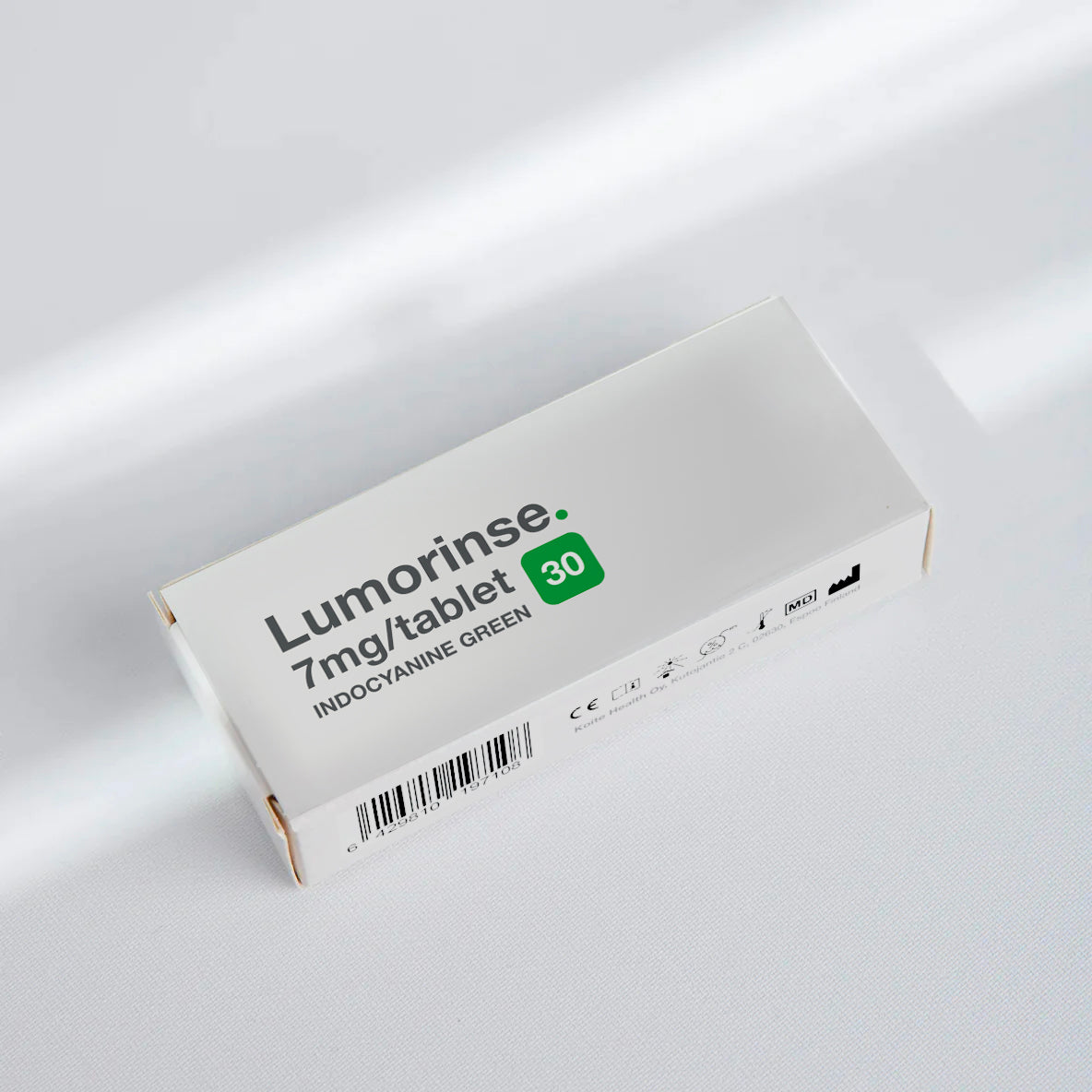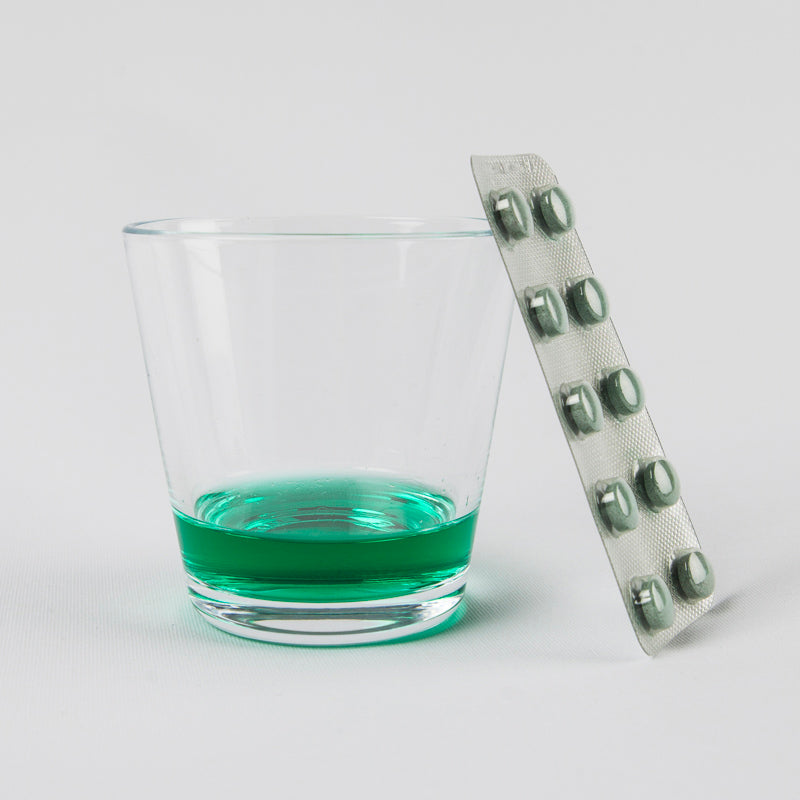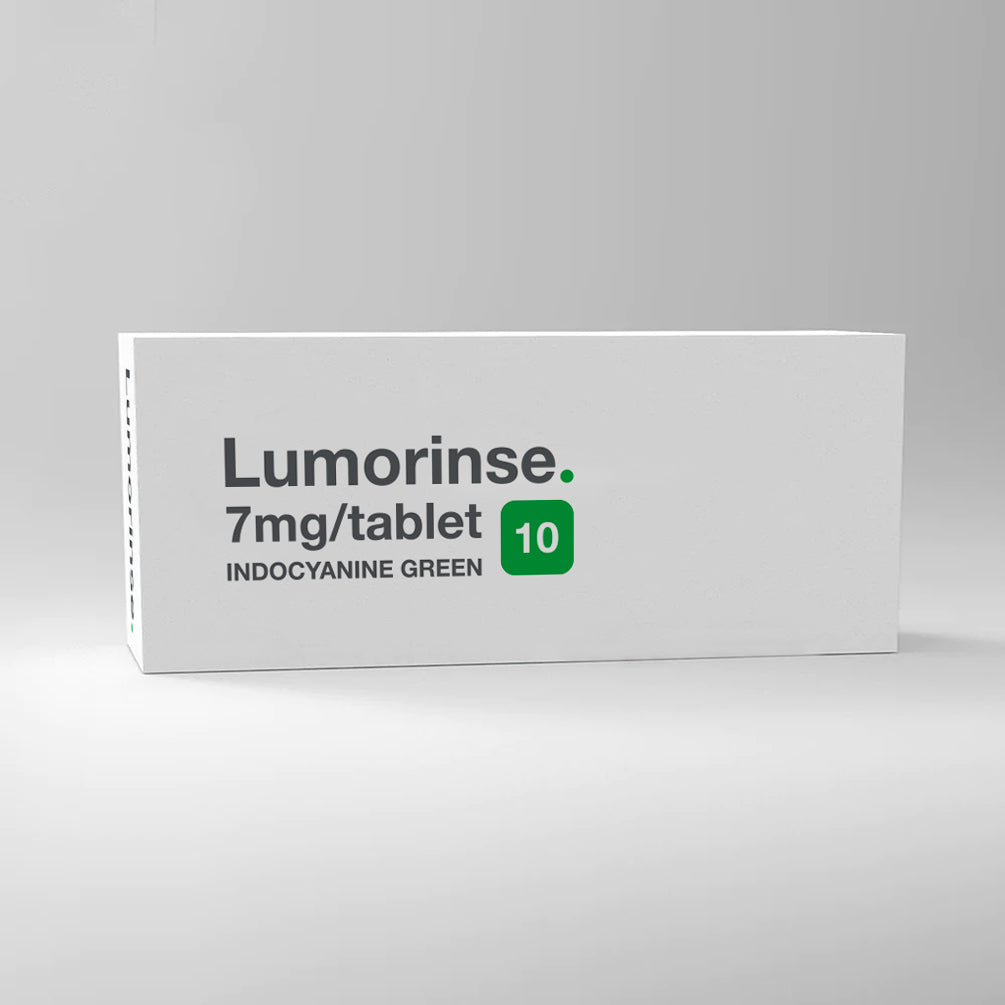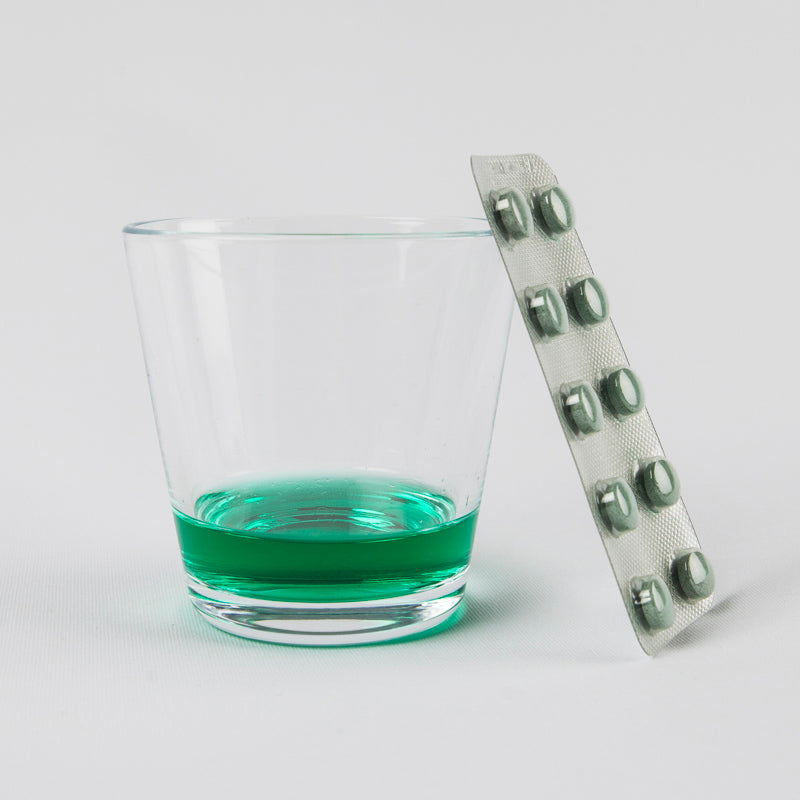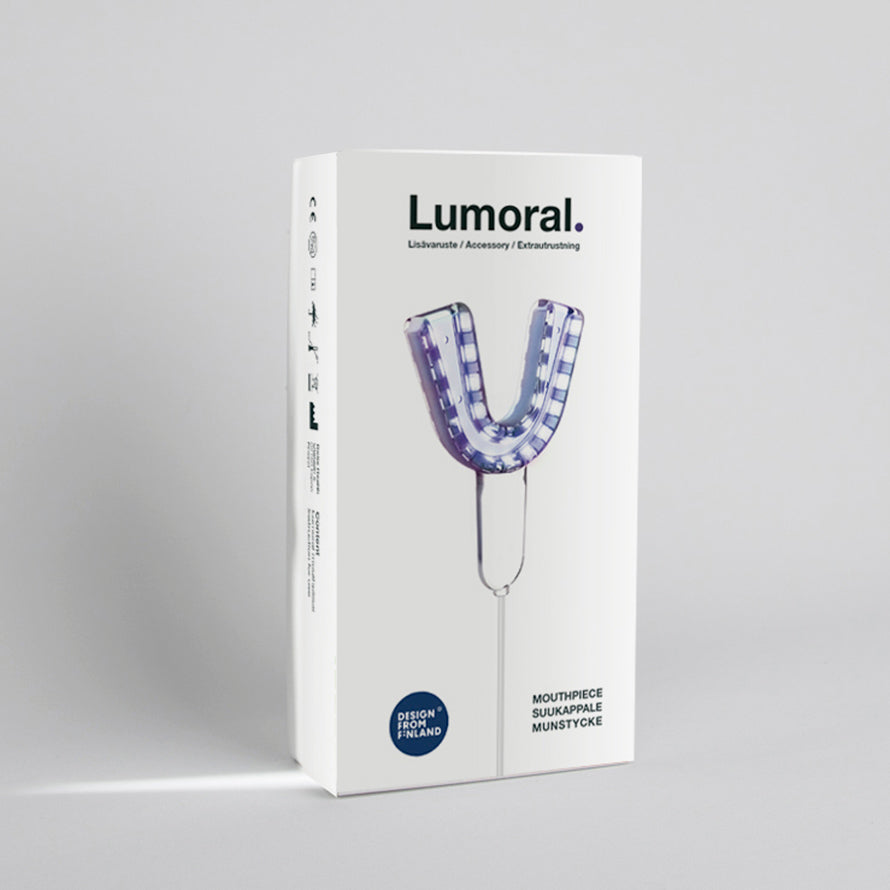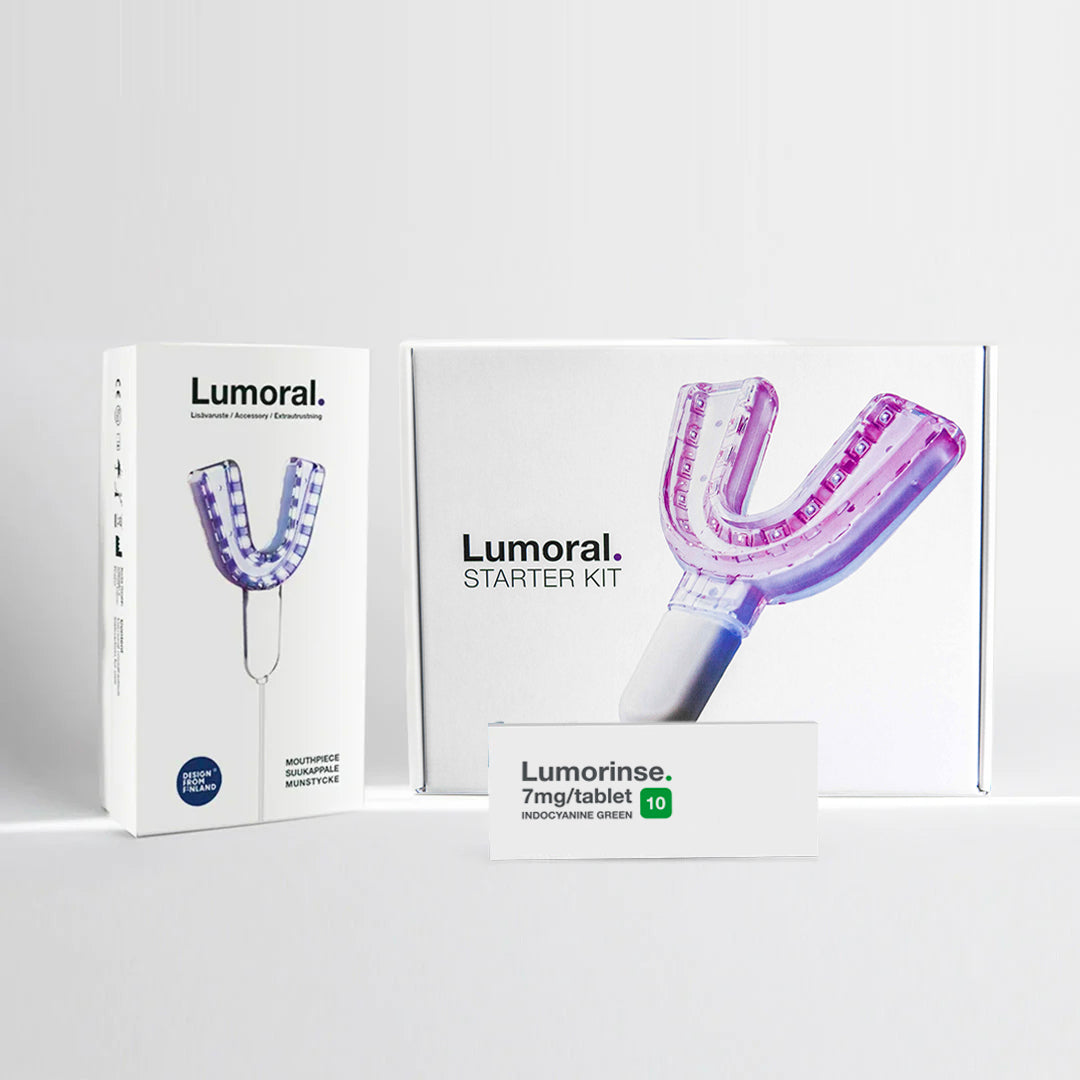
https://journals.plos.org/plosone/article?id=10.1371/journal.pone.0232775
Sakari Nikinmaa, Heikki Alapulli, Petri Auvinen, Martti Vaara, Juha Rantala, Esko Kankuri, Timo Sorsa, Jukka Meurman, Tommi Pätilä
Published: May 6, 2020 https://doi.org/10.1371/journal.pone.0232775
Abstract
Antibacterial photodynamic therapy (aPDT) and antibacterial blue light (aBL) are emerging treatment methods auxiliary to mechanical debridement for periodontitis. APDT provided with near-infrared (NIR) light in conjunction with an ICG photosensitizer has shown efficacy in several dental in-office-treatment protocols.
In this study, we tested Streptococcus mutans biofilm sensitivity to either aPDT, aBL or their combination dual-light aPDT (simultaneous aPDT and aBL) exposure. Biofilm was cultured by pipetting diluted Streptococcus mutans suspension with growth medium on the bottom of well plates. Either aPDT (810 nm) or aBL (405 nm) or a dual-light aPDT (simultaneous 810 nm aPDT and 405 nm aBL) was applied with an ICG photosensitizer in cases of aPDT or dual-light, while keeping the total given radiant exposure constant at 100 J/cm2. Single-dose light exposures were given after one-day or four-day biofilm incubations. Also, a model of daily treatment was provided by repeating the same light dose daily on four-day and fourteen-day biofilm incubations. Finally, the antibacterial action of the dual-light aPDT with different energy ratios of 810 nm and 405 nm of light were examined on the single-day and four-day biofilm protocols. At the end of each experiment the bacterial viability was assessed by colony-forming unit method. Separate samples were prepared for confocal 3D biofilm imaging.
On a one-day biofilm, the dual-light aPDT was significantly more efficient than aBL or aPDT, although all modalities were bactericidal. On a four-day biofilm, a single exposure of aPDT or dual-light aPDT was more efficient than aBL, resulting in a four logarithmic scale reduction in bacterial counts. Surprisingly, when the same amount of aPDT was repeated daily on a four-day or a fourteen-day biofilm, bacterial viability improved significantly. A similar improvement in bacterial viability was observed after repetitive aBL application. This viability improvement was eliminated when dual-light aPDT was applied. By changing the 405 nm to 810 nm radiant exposure ratio in dual-light aPDT, the increase in aBL improved the antibacterial action when the biofilm was older.
In conclusion, when aPDT is administered repeatedly to S. mutans biofilm, a single wavelength-based aBL or aPDT leads to a significant biofilm adaptation and increased S. mutans viability. The combined use of aBL light in synchrony with aPDT arrests the adaptation and provides significantly improved and sustained antibacterial efficacy.
To sum up, results from the present experiments open up new avenues for hypothesis generation and, more practically, for developing devices for biofilm control, especially in preventive dentistry.

